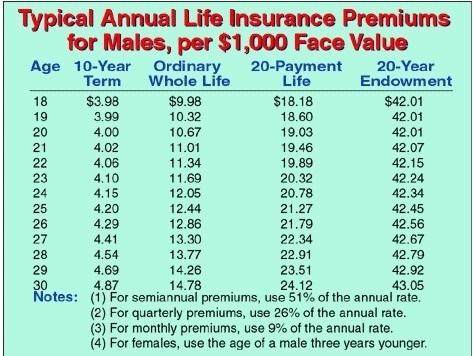
Physics, 07.11.2019 01:31 naysia2006
If a rock is thrown upward on the planet mars with a velocity of 18 m/s, its height (in meters) after t seconds is given by h = 18t − 1.86t2. (a) find the velocity of the rock after one second. 14.28 correct: your answer is correct. m/s (b) find the velocity of the rock when t = a. correct: your answer is correct. m/s (c) when will the rock hit the surface? (round your answer to one decimal place.) t = incorrect: your answer is incorrect. s (d) with what velocity will the rock hit the surface? m/s

Answers: 2
Another question on Physics

Physics, 22.06.2019 01:00
First, launch the video below. you will be asked to use your knowledge of physics to predict the outcome of an experiment. then, close the video window and answer the question at right. you can watch the video again at any point. part a as in the video, we apply a charge +q to the half-shell that carries the electroscope. this time, we also apply a charge –q to the other half-shell. when we bring the two halves together, we observe that the electroscope discharges, just as in the video. what does the electroscope needle do when you separate the two half-shells again? view available hint(s) as in the video, we apply a charge + to the half-shell that carries the electroscope. this time, we also apply a charge – to the other half-shell. when we bring the two halves together, we observe that the electroscope discharges, just as in the video. what does the electroscope needle do when you separate the two half-shells again? it deflects more than it did at the end of the video. it deflects the same amount as at end of the video. it does not deflect at all. it deflects less than it did at the end of the video. submit
Answers: 2

Physics, 22.06.2019 03:30
The focal length of a relaxed human eye is approximately 1.7 cm. when we focus our eyes on a close up object, we can change the refractive power of the eye by about 16 diopters. (a) does the refractive power of our eyes increase or decrease by 16 diopters when we focus closely? explain. (b) calculate the focal length of the eye when we focus closely.
Answers: 3

Physics, 22.06.2019 19:00
Review multiple-concept example 7 in this chapter as an aid in solving this problem. in a fast-pitch softball game the pitcher is impressive to watch, as she delivers a pitch by rapidly whirling her arm around so that the ball in her hand moves in a circle. in one instance, the radius of the circle is 0.626 m. at one point on this circle, the ball has an angular acceleration of 66.1 rad/s2 and an angular speed of 12.6 rad/s. (a) find the magnitude of the total acceleration (centripetal plus tangential) of the ball. (b) determine the angle of the total acceleration relative to the radial direction.
Answers: 3

Physics, 22.06.2019 19:10
Global warming will produce rising sea levels partly due to melting ice caps but also due to the expansion of water as average ocean temperatures rise. to get some idea of the size of this effect, calculate the change in length (in m) of a column of water 1.45 km high for a temperature increase of 1.12°c. assume the column is not free to expand sideways. as a model of the ocean, that is a reasonable approximation, as only parts of the ocean very close to
Answers: 3
You know the right answer?
If a rock is thrown upward on the planet mars with a velocity of 18 m/s, its height (in meters) afte...
Questions



Mathematics, 30.08.2021 20:10



Geography, 30.08.2021 20:10

Biology, 30.08.2021 20:10



Mathematics, 30.08.2021 20:10

Mathematics, 30.08.2021 20:10




Mathematics, 30.08.2021 20:10


Chemistry, 30.08.2021 20:10






